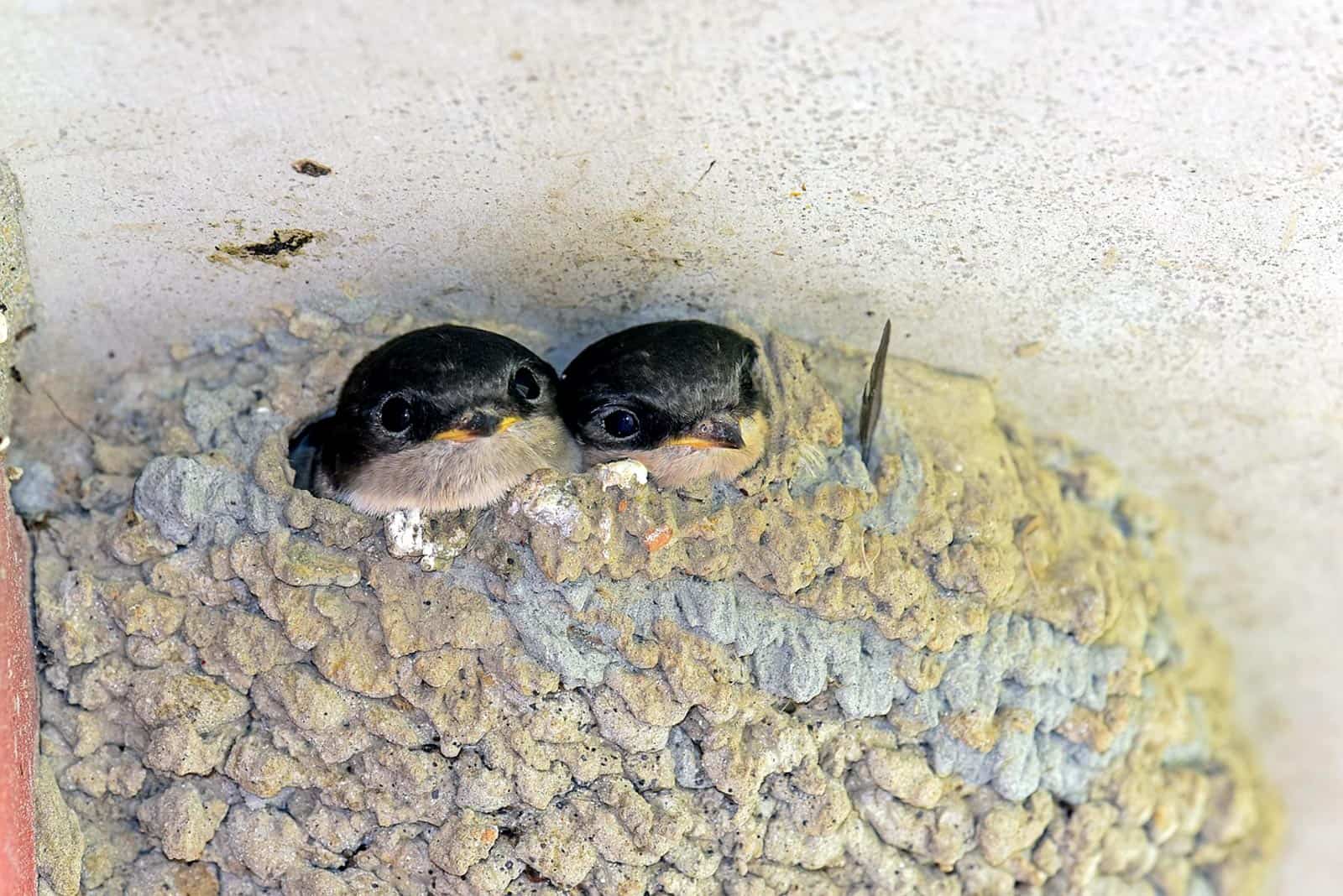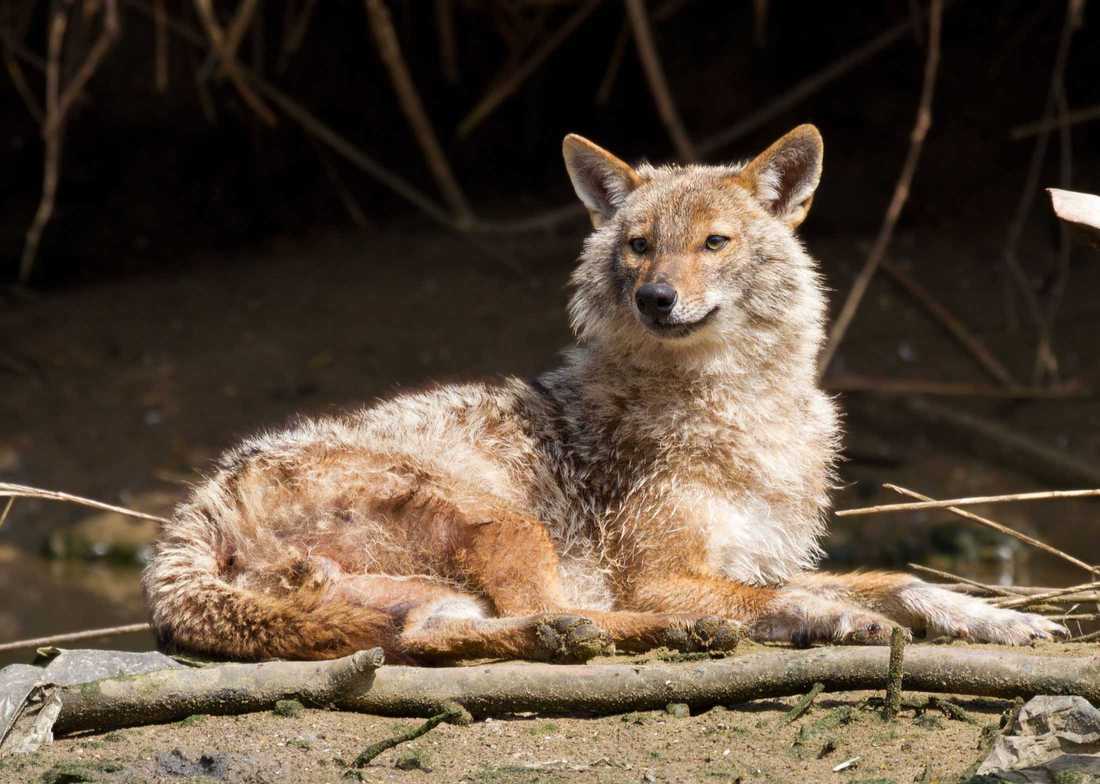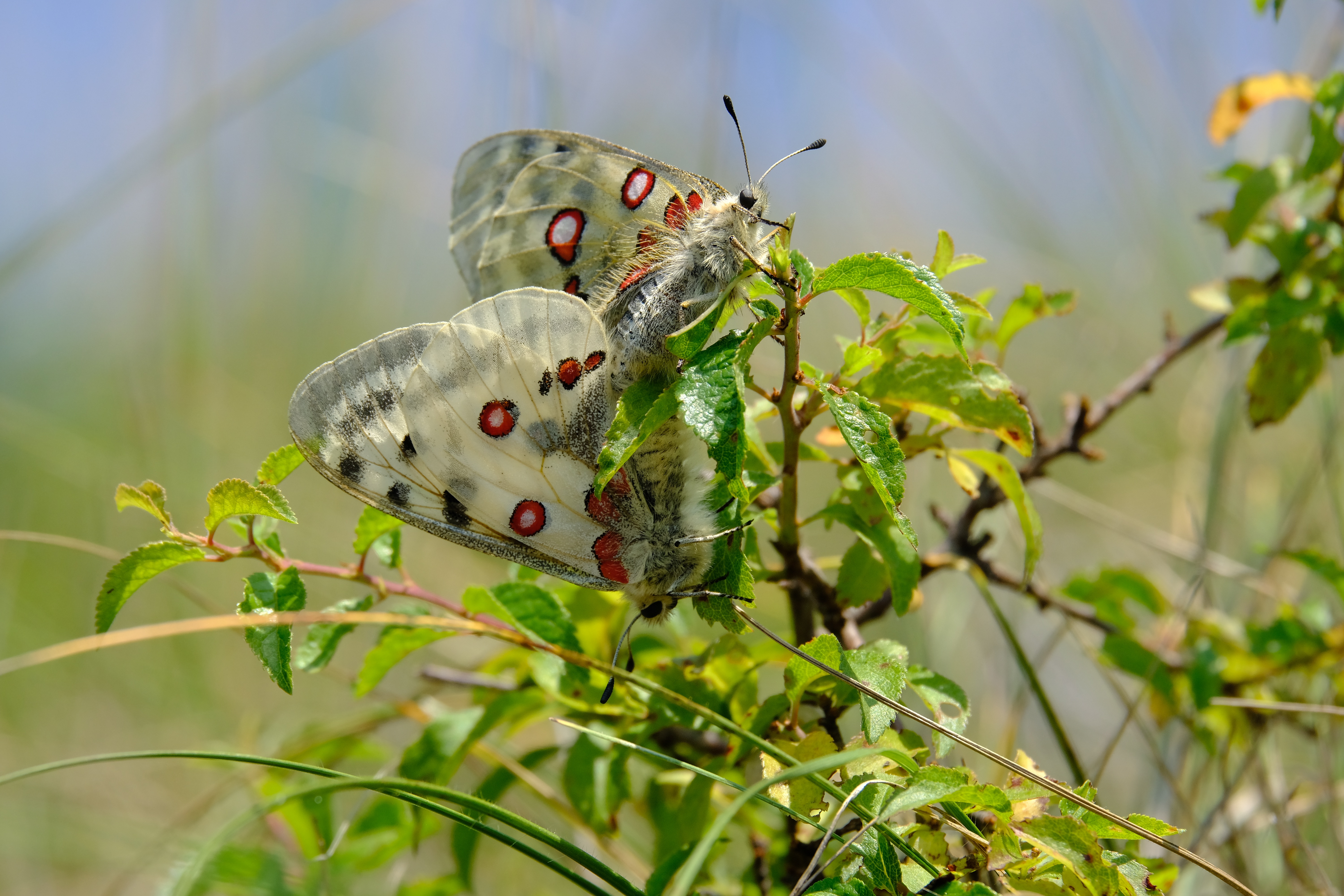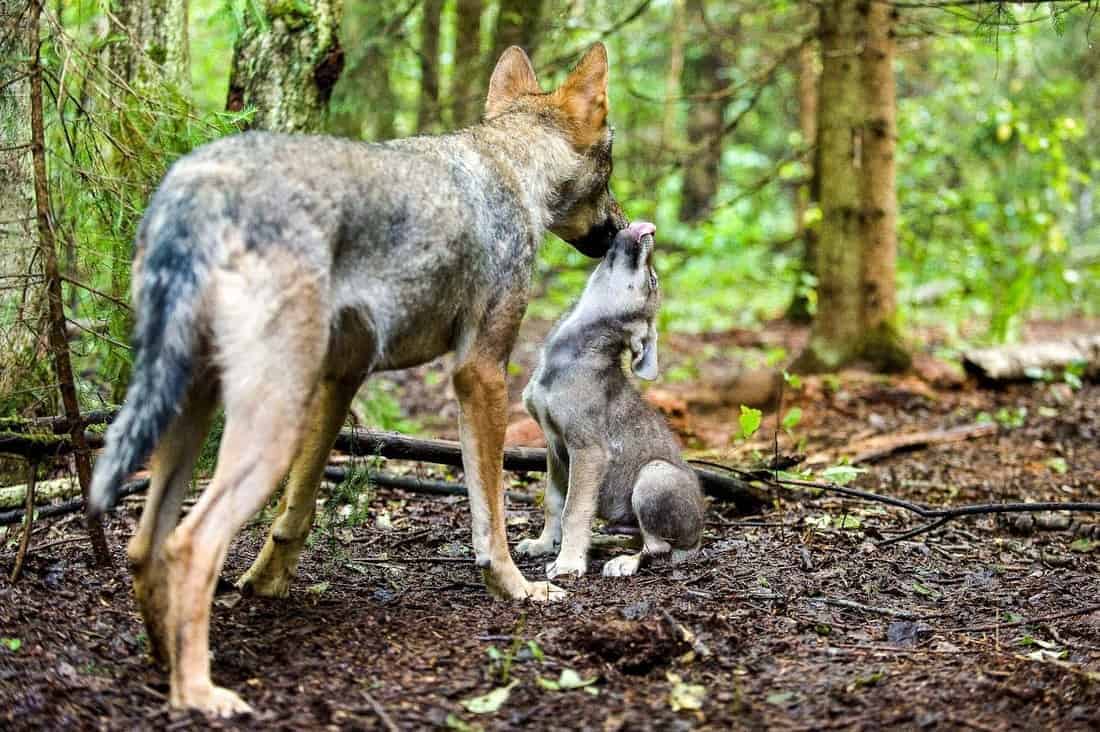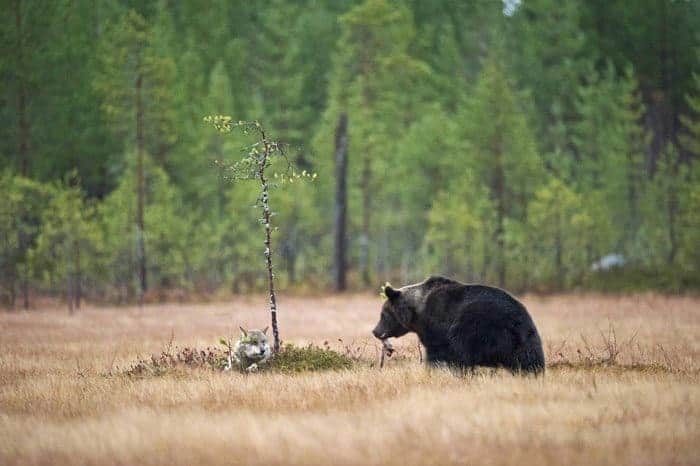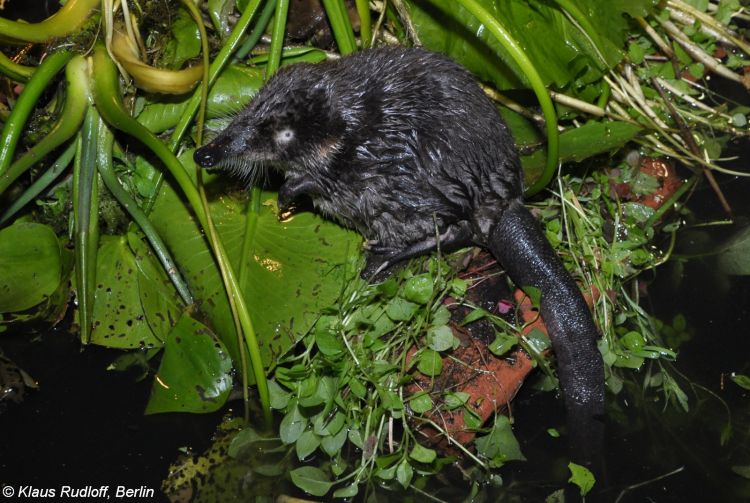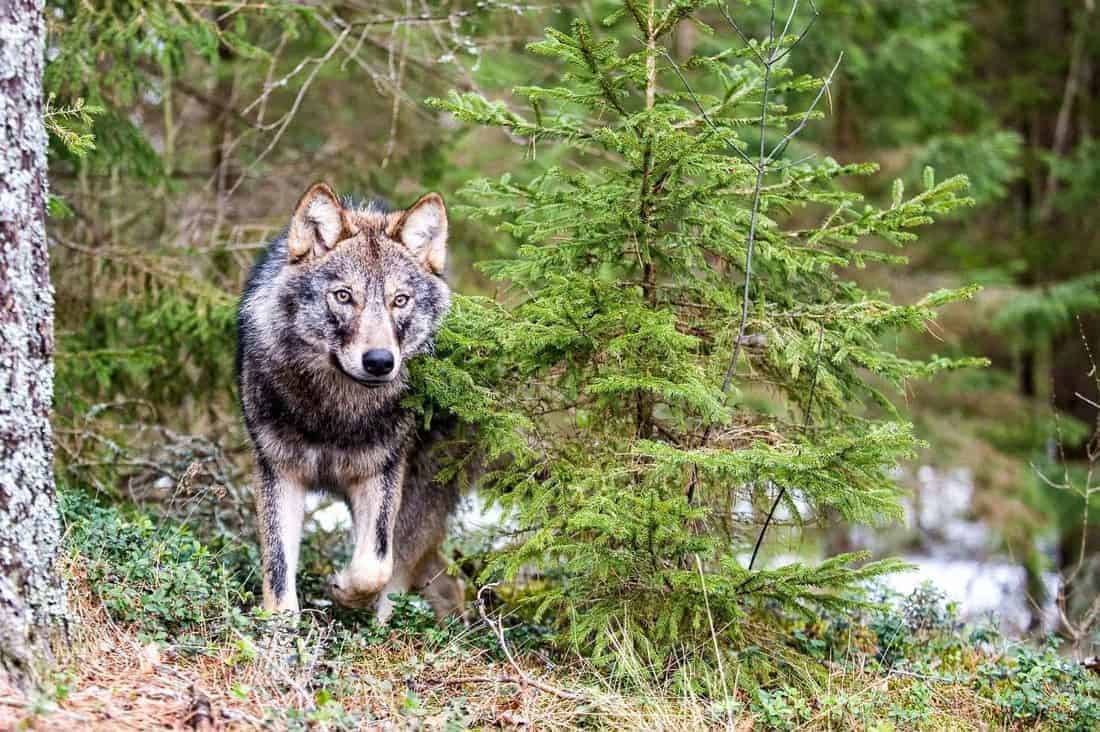Abandoned mines in Cornwall create wildlife havens
Much has already been written about the environmental damage caused by mining activity. In some cases however, it also has the potential to create unique habitat for species that are rare elsewhere. Cornwall, a largely rural county on the Southwest coast of England, was once a hotspot for global tin extraction. As a result, dozens of abandoned mines dot the county. Not only do they contribute to the beauty of the landscape, but the former mining sites (covering 3,000 ha.) have now become mini wildlife havens in an otherwise heavily farmed region. The UK lacks true wilderness and there are serious shortcomings in how protected areas are managed. Therefore, it is important to identify areas such as these where nature can thrive in peace.
Rare species thrive in ancient mining hotspots
Tin and copper mining is an important part of Cornwall’s ancient cultural heritage, and has taken place in the area for thousands of years. Dwindling metal reserves and international competition meant all the mines in Cornwall were closed by the last century, however. Over the years, this has allowed nature to slowly reclaim the former mining areas, and now they hold many living treasures.
Much of old mining sites is now made up of heath and scrub, but heavy industrial activity has lead to areas of patchy ground. This has given some unusual plant communities the chance to emerge. Nutrient-poor, acidic soil caused by metal runoff has slowed down the land’s recolonisation by plants. This has given less common, metal-tolerant species the chance to grow without any disturbance. For example, 11 of the 21 sites where the rare British liverwort Cephaloziella nicholsonii is found are in Cornwall. Seven disused mining areas form the West Cornwall Bryophytes Site of Special Scientific Interest, named for the rare mosses and liverworts found there.
As well as dry scrub, old quarries in abandoned mines have flooded over time and created wetland areas. These attract plenty of diverse wildlife such as various marsh plants. They also make great habitat for amphibians and waterfowl, which are struggling in many areas in the UK due to wetland areas largely being drained for farming and construction work. They also provide breeding areas for insects such as dragon- and damselflies. In fact, around a third of Britain’s native Odonata species can be found by old Cornish mines.
Wildlife shelters in old mines
As mentioned earlier, much of the soil that has been affected by mining activity does not support plant growth. Unvegetated ground may not sound like an ideal spot for wildlife, but it’s the type of habitat many insects prefer. The flat, barren ground can reach temperatures of over 40°C in the summer. This gives insects like wasps an optimal surface to hunt and bask. This is particularly important given the drastic decline of insects in Europe.
While they may present a hazard for humans, old mining buildings and shafts are perfect structures for animals like badgers and bats to settle in without disturbance. For example, the greater horseshoe bat, which is a rare species in the UK, makes many of its underground roosts in Cornish mining shafts which mimic caves. Hibernation sites are becoming scarce for large colonies in Europe, making them an especially important bat habitat.
Of course, we should not ignore the negative effect that mining usually has on ecosystem health. Pollution and habitat loss that comes with operations taking place on a large scale has an extremely negative impact on local environments. But we might consider leaving abandoned mines as new environments instead of trying to restore them. They might not exactly be pure Wilderness, but they support unique life which should be protected.

